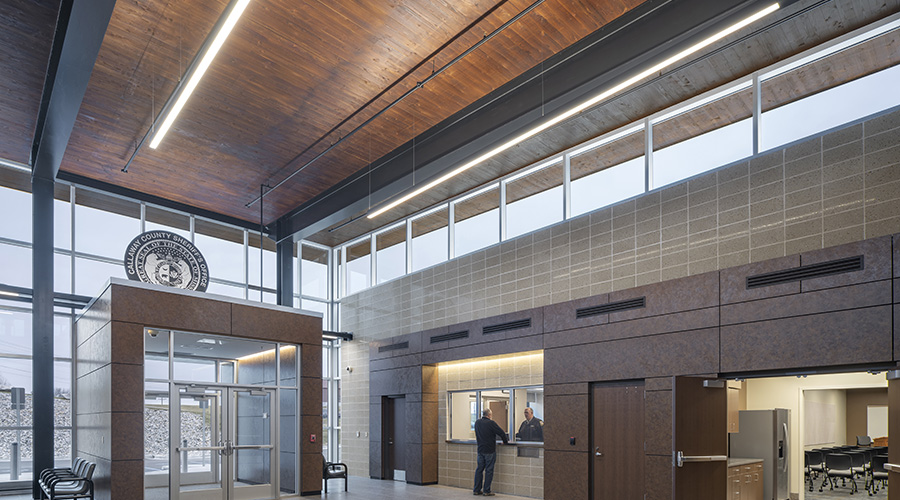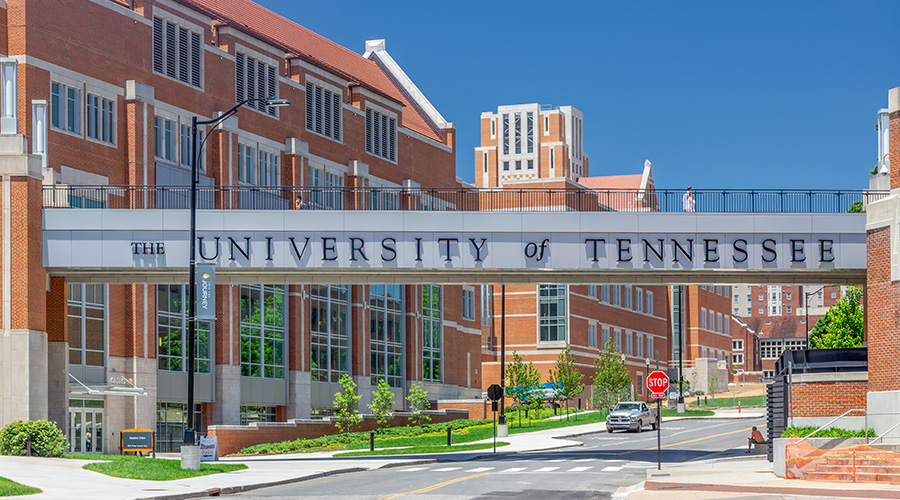Dramatic gains are transforming video surveillance, assessment
With advances in video systems comes the challenge of keeping up with technology choices
Video surveillance and assessment has seen a revolution in product design. Digital cameras, switchers, recorders and display devices are transforming how television signals can be used by security personnel for more accurate, reliable and effective surveillance and assessment. There have been upgrades and enhancements from video manufacturers in virtually every product on what has seemed to be a month-to-month basis.
Manufacturers have advanced the state of the art with superior digital video recorders, better compression algorithms to reduce bandwidth requirements, better and longer recording time, enhanced water-marking for video authentication, easier interfaces to a local area network (LAN) or the Internet, and faster access to the recorded image. The cameras are smaller, perform better in low light and can compensate digitally for varying light conditions in both analog and emerging IP digital formats.
Implementation Options
Today’s video surveillance systems are generally based on one of four different implementation schemes. The first is traditional analog video that consists of analog cameras connected via dedicated coaxial cables to an analog video switching system with video displays and analog video cassette recorders.
The second is called a hybrid scheme where analog cameras are connected via dedicated coaxial cables to an analog video switching system with video displays and then to digital video recorders. This configuration provides the proven reliability and monitoring functionality of the analog system, while digital video recorders serve as a gateway to a LAN or the Internet. With Internet connectivity, the cameras can be viewed by those authorized to do so at any time from anywhere in the world.
The third implementation scheme is also called a hybrid scheme. It uses analog cameras connected via dedicated coaxial cables to digital encoders that convert camera signals into a digital format. The camera signals are then connected over a LAN to a digital virtual switching system with video displays, and then to digital video recorders.
The fourth implementation scheme is all-digital. IP addressable cameras are connected over a LAN to a digital virtual switching system with video displays and then to digital video recorders. The all-digital scheme is an emerging technology. Facility executives need to be fully aware of current limitations before implementing this emerging technology.
No matter which implementation scheme is chosen, advances in technology — which have made video cameras smaller, less expensive and capable of providing superior images at lower light levels — have led to a proliferation of cameras being installed for surveillance and assessment. In many cases no one is actually watching these cameras; they are recording for playback and evidentiary purposes. Even so, security-console operators are being overwhelmed with video information. Many experts believe that this proliferation actually represents a breach of security because it reduces the capability and accuracy of the console-operator function.
What is needed is a smart way to automate the watching of numerous cameras and to alert the security console operator when a potential or actual problem is detected. This would free up the operator to concentrate on other focused surveillance activities and response scenarios. Several technologies show promise of helping to address this problem.
Video Pattern Recognition
One of those technologies is video pattern recognition. Although the software has been employed by government agencies for more than a decade, it is most notably used for facial recognition. Generally, it has not provided effective results as a stand-alone access control technology. The technology relies on facial geometry points and patterns for recognition. If a subject puts on a pair of sunglasses, the system no longer recognizes that person. As a result, its most effective use is to authenticate a card access request for positive identity verification.
Pattern recognition software can track the movement of a person or vehicle in a camera scene. An emerging use of the motion-tracking software is to identify the object being tracked, determine if that object is friendly or hostile, and notify the console operator of detected threats. The use of this capability is very environment- and mission-dependent. For example, it is currently being used for border security applications.
Another capability of motion-tracking software is behavior recognition — observing a video scene and looking for a specific pattern of movement. For example, it might be used in a parking garage to watch for anyone taking an unusual path. If a car thief or burglar is observed walking from vehicle to vehicle looking for one that is unlocked or that has valuable contents, the software detects the pattern and alerts the security console operator of a potential problem. The operator can then observe the individual and determine if the person should be confronted and detained. This application has proved very reliable and is being used at airports and other public places.
Video Flashlight
Another emerging technology is called the video flashlight. Developed by Southwest Research Institute, the system is currently being tested in several government complexes and buildings. This technology superimposes the signals from a series of strategically placed video cameras into a model of a building, complex, military base or city. The security console operator sees the complex in real-time video on a monitor and can move through the complex with a joystick control; instead of touring on foot or in a vehicle, security personnel can conduct an electronic fly-through survey of the entire complex. The video cameras illuminate the static 3-D model by superimposing actual live video camera signals into the model.
Weighing the Move to All-digital Video Surveillance
With the rapid evolution of security systems, it is critical for facility executives to be aware both of emerging technology options and of questions that must be answered before those options are selected. All-digital video surveillance systems are a good example. Several factors have limited the implementation of those systems.
Bandwidth
It is one thing to transmit 10 low-resolution, low-frame-rate IP camera signals and quite another to transmit 100 or more IP, high-resolution, live camera signals over a LAN. One IP camera signal using the MPEG4 compression algorithm at 4CIF resolution of VGA quality at 640 x 480 pixels, transmitting at 30 frames per second, could require a bandwidth on the LAN of between 3 to 4 megabits per second. At this speed and frame rate, transmitting 100 IP cameras would require a bandwidth of approximately 300 to 400 megabits per second, which will tax most LANs in place today.
Frame rates and resolution
Several innovative solutions employ digital encoders capable of transmitting one or more cameras onto a single digital channel with a bandwidth as low as 1.5 megabits per second but at reduced frame rates and resolution. Determining the minimum frame rate and resolution that will be necessary to meet each project’s individual display, recording and evidence requirements is an essential part of designing an IP video system. The LAN must also be capable of handling streaming video from IP cameras or encoders without significant network packet collisions. These collisions, which are common when running streaming video over Ethernet, will degrade the quality of the IP camera signals. There are also few digital virtual switchers that can provide the type of functionality a typical security console operator requires for camera switching, screening and automatic call-up applications.
Altered/modified images
Because IP camera images are digital, they are susceptible to alteration or modification — the reason there is controversy over whether digital video recordings are admissible as evidence. In response, most manufacturers are developing better date stamping and water-marking schemes to authenticate the video. However, many algorithms being used to compress the video signal create authentication difficulties.
MPEG4, as an example, transmits only partial images that contain changes in scene content and picture. It then requires linkage from frame-to-frame to keep the image continuous. While the water-marking signal continues to be transmitted, the lack of a whole image from frame to frame leaves the authentication of the signal to speculation.
JPEG does transmit complete frames in sequence; it uses its algorithm only for image compression and provides continuous water-marking. But the images are vulnerable to alteration.
Newer algorithms like MJPEG and JPEG2000 hold promise for solving these problems.
Facility executives must weigh these factors carefully when considering all digital video systems.
— William Sako
|
| |
Protecting Buildings
|
Related Topics:











